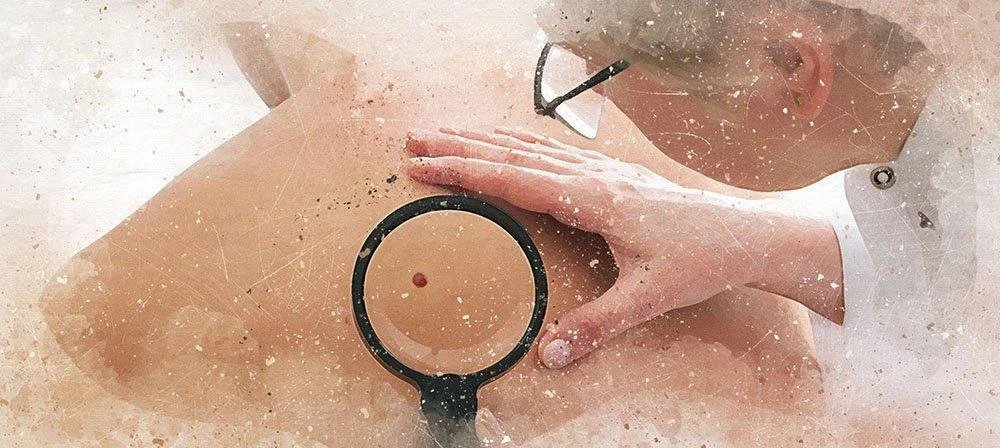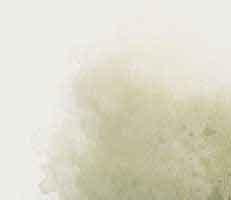
Excisions Specialist in Delaware
When you have abnormal skin growth, it’s essential to get it checked for precancerous or cancerous cell growth. At SunWise Family Dermatology & Surgery, Jennifer LaRusso, DO, and Gerard W. Stroup, PA-C perform a variety of excisions to give you the safest and least invasive procedures possible. If you live in or near Middletown, Delaware and are concerned about growths or lesions on your skin, don’t wait. Contact the highly-trained team at SunWise Family Dermatology & Surgery today. Call the office to schedule your appointment or book it online now.
-
An excision is performed to remove abnormal skin lesions, typically growths, lumps, or discolorations. After removing the abnormality, it’s either examined under a microscope or sent to a laboratory for a biopsy to rule out skin cancer.
Your dermatologist may recommend an excision if you have:
Skin growths, including warts, moles, or tags
Seborrheic keratosis
Actinic keratosis
Basal cell or squamous cell carcinoma
Melanoma
-
In most cases, skin excisions occur in-office. Dr. LaRusso or Gerry numb the area with an anesthetic before beginning the treatment, eliminating any discomfort.
The type of excision performed depends on the size, location, and kind of lesion you have.
Shave excision
If your lesion is above the skin, your dermatologist may use a shave excision, removing the skin growth with a small blade. They may apply a medicine to stop bleeding or burn the area with a cautery.
Scissor excision
For raised skin lesions, they may perform a scissor excision. Using forceps, Dr. LaRusso or Gerry lightly pull up your skin and snips around and under the lesion with a pair of small, curved scissors. Medication or cauterization stop your bleeding.
Full skin excision
If you’re at high risk for skin cancer, your dermatologist may recommend a total skin excision. This procedure removes all the layers of your skin at the lesion and up to 3-4 mm of surrounding tissue, making it more likely to get all abnormal skin cells.
With this type of excision, you typically need a few stitches to close the wound. If the excision was large, Dr. LaRusso or Gerry might need to use a skin graft or flap of skin to cover the wound.
Cryotherapy
In some cases, including wart removal and keratoses, your dermatologist may recommend cryotherapy. They use liquid nitrogen to freeze the area. As this area heals, the frozen skin lesion blisters and falls off.
-
In some cases, Dr. LaRusso or Gerry may suggest using low-level light therapy (LLLT) after your excision. This innovative treatment uses light waves to promote your body’s natural healing abilities, reducing recovery time. They may recommend either red (infrared) or blue light for best results.
When you have an abnormal skin growth, the quicker you get care, the better. Call to schedule your appointment today. You can even book your consultation online.









